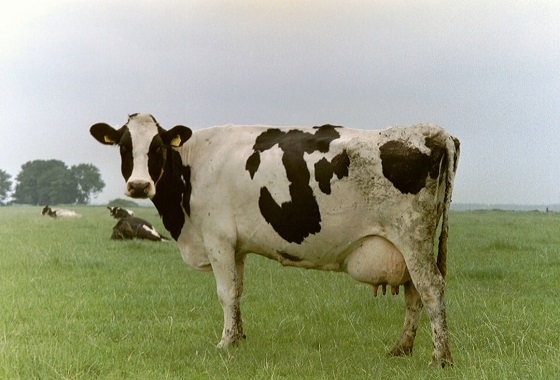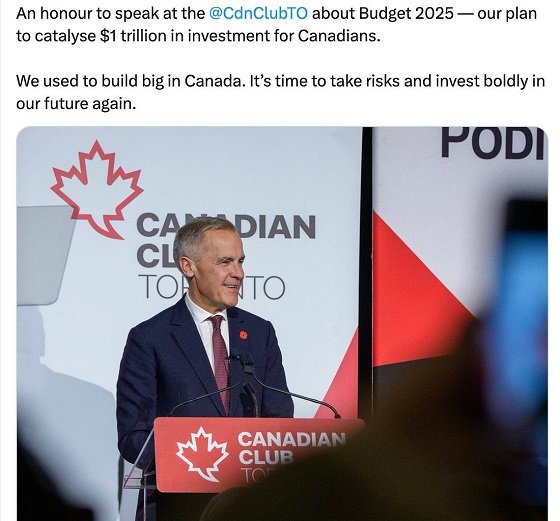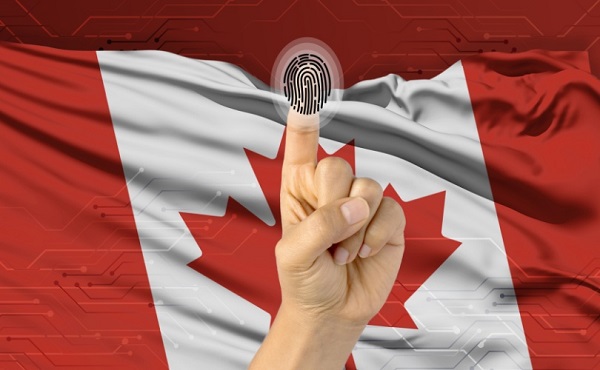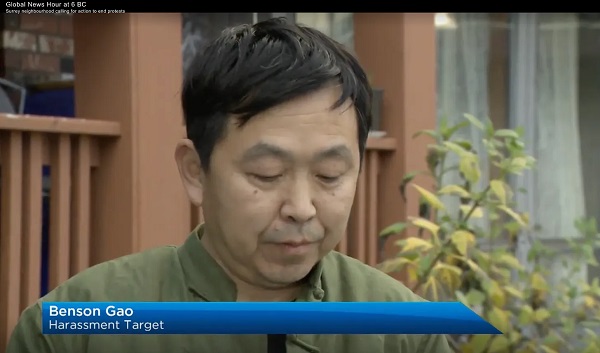Bruce Dowbiggin
Three Books to End the Silence
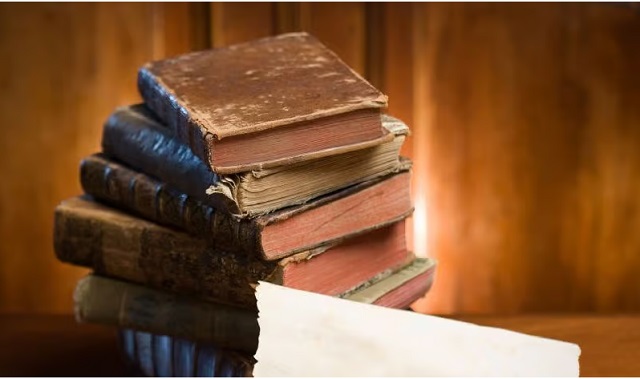
From the Brownstone Institute
BY
My first thought upon reading it was: I cannot believe that this was allowed to be published! That’s the interesting part. Despite every attempt by the national security state and the vast army of censorial bureaucrats, we still have enough freedom to get the word out, for now.
Think of this. In the time since the Covid crisis has passed, no aspect of any federal power that was deployed to wreck a functioning society has been repealed. Not one law, regulation, edict, or power.
Some courts have struck down certain bureaucratic practices, such as the nationwide mask mandate and the eviction moratorium, which were, respectively, huge attacks on bodily autonomy and property rights. Those were ruled inadmissible, at tremendous expense to plaintiffs.
Otherwise, the bureaucracy has not budged an inch.
At the onset of this disaster, the CDC started simply posting edicts. They started with washing hands and staying home if you were sick. Quickly, they got carried away. Every business needed stay-at-home policies, canceled meetings, posted signs warning of omnipresent danger, sanitizer stations everywhere, no sharing of pens and scissors, plus Plexiglas everywhere.
Any CDC bureaucrat with logins could add a point of “guidance” but for most people, they were law. What a rush for the rulemakers! The edicts were passed on to state health departments, which sent them to counties, and they landed in HR departments in every company. For practical purposes, these were law to most people, because the consequences of disobeying were essentially unknown.
What about now? The CDC simply deleted its webpage. No apologies, no repeals, no reforms, just a delete button. It was there then it was gone.

When first issued it looked like this. A year later, it became a vast machinery of control, as you can see here. With each new update, the screws tightened. (Someone could have a great time parsing every word of every iteration and documenting it.)
Complying with everything would require vast expenditure and a crazed kabuki dance of extreme germophobia, such that it is hard to see how business could get done at all. Every sentence talks of guidance and advice but none cites “science” much less any authority for how any of this was legal. And yet millions of businesses either shut forever or experienced massive financial stress, which hurt everyone. Of course some enterprises thrived: those lucky enough to be considered “essential” and received the bulk of federal funding!
It’s more than obvious that we cannot depend on the federal government to get us to the truth about what happened. Vast amount of content on Brownstone.org explores this daily. In addition there are three books that everyone needs to digest now to get a full sense of the whole. There was much more going on that simple bureaucratic incompetence.
Our Enemy, the Government by Ramesh Thakur is the most scientifically sophisticated and yet accessible account of the amazing screw-ups of public health during this period. Keep in mind that the policy response was mostly the same all over the world but for a few nations. Thakur’s focus is on Australia but people in every nation will recognize the pattern. Each chapter takes on a new element, from the wild exaggeration of the universal threat of Covid, to the faulty testing regime, to the death misclassifications, to the spending mania, to the flurry of insane edicts on masking, vaccination, and forced human separation. It’s a tour de force for the ages, and leaves a devastating impression.
Keep in mind that Thakur is not just some writer. He was once the Assistant Secretary-General of the United Nations under Kofi Annan in addition to being a famed scholar. He has risked everything in writing this book but once he started peeling away at the onion that is the Covid response, he simply could not stop. He had to do the right thing and go the full way. The book is overwhelming in terms of charts, data, evidence, and citations but this is what is necessary to smash the paradigm. His main concern is the health and well-being of the human population. It was this that was wrecked over three years.
Next comes Rand Paul’s Deception. Throughout these awful years, Senator Paul has been an absolute godsend, and for two reasons. He is a medical doctor and extremely smart, so he was never intimidated by Anthony Fauci’s pseudoscientific gobbledygook. He saw right through the guy from the very beginning.
Crucially, as a US Senator, he had unusual access to Fauci that enabled him to question him directly. This is something that Fauci had tried to avoid from the beginning. We know from his email and scheduling that Fauci was extremely careful through the whole period to grant only friendly interviews on captured venues. This was a main objective, and precisely why he got away with it. But with Rand in the Senate, he was entitled to a limited amount of time to ask questions. He used every minute well. The results are gold.
His book is the full account of how Fauci worked from day one to avoid any culpability for the funding of the Wuhan lab through third parties that might have been responsible for the leak of the virus. The book, then, reveals the scandal of the century. Fauci has been enormously powerful, controlling billions in grant funding. He deployed all his power, money, and connections to avoid his direct professional responsibilities and scrub his record to make himself unaccountable. Rand has all the receipts, and bravely presents them in this important book.
To deepen the plot, we have The Wuhan Coverup by Robert F. Kennedy, Jr. This is a much more focused and tighter work than his previous book on Fauci. I swear that anyone who grabs it and reads it will never think about government the same way. It’s that powerful and comprehensive. At issue for Kennedy is the US bioweapons program that began after the Second World War and continues to this day. It is responsible for vast corruption, the empowerment and entanglement of pharmaceutical companies, and the use of secretive classification powers to keep the American people in the dark.
If you suspected that the national security apparatus had some role in the pandemic response, you would be correct about that. This book is the one that has gone further than any other to document this scary reality. The Department of Defense and the CIA had a huge role in making rules for the rest of the population to prepare the way for the presumed antidote that was rolled out with tax funding and legal indemnification against harms, by companies that owned the patents and had publicly traded stocks you could buy. Nothing about this whole machinery has anything to do with things like freedom and democracy but there it is, malicious corporatism in a nutshell.
RFK has laid it all out in eye-popping page after page. My first thought upon reading it was: I cannot believe that this was allowed to be published! That’s the interesting part. Despite every attempt by the national security state and the vast army of censorial bureaucrats, we still have enough freedom to get the word out, for now. This is why it is so important to get this book now and digest its contents. There could come a time when we won’t be allowed to read such things. That is clearly the ambition in any case.
Did the pandemic response affect your life? Your kids? Your community? Yes, and profoundly. As a citizen you have every reason to care about how and why terrible things were done to us.
It’s not enough just to forget the whole thing like a bad dream. We cannot just delete the page from the history books, as the CDC has done, and pretend like it is over and done and nothing needs to change. We must deal with reality. And these books take us to new levels of understanding. That is the first step toward change.
Bruce Dowbiggin
DEI Or Die: Out With Remembrance, In With Replacement
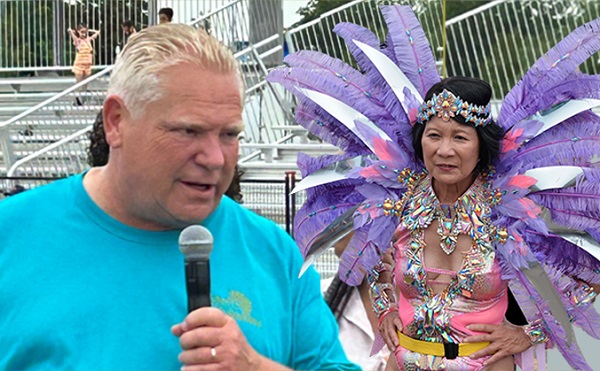
“Thank you to those so often forgotten by the politics of our city who made this movement their own. I speak of Yemeni Bodega owners and Mexican abuelas, Senegalese taxi drivers and Uzbek nurses, Trinidadian line cooks and Ethiopian aunties”.- new NYC mayor Zohran Mamdami
The new mayor’s effusive tribute to immigrants is very on-brand for the Woke Left. Coming as it did on the week where Canadians’ remembered the sacrifice of the over one hundred thousand who “died to make the world free” in WWI, WWII and Korea— even as their homes are squeezed between hereditary land rights and Justin Trudeau’s holiday camp.
For Boomers that battle sacrifice has underpinned their lifestyle for most of the past 75 years or so. No matter how cynical or hipster the Boomer, the phrase “They died to make the world free” was the Gorilla Glue holding Western civilizations together. Whether you agreed or not, you acknowledged its pre-eminence in society.
Those who annually recall family members who’d made the ultimate sacrifice underscore that “they died to make the world free” is foundational in their national myth making. For example, our younger son placed roses on my uncle’s grave in the Commonwealth war cemetery near Hanover, Germany. He then delivered the petals to his grandmother to acknowledge the loss of her brother.

These rituals of sacrifice were everywhere till the early decades of the twenty-first century when the demographics of declining birth rates in the West combined with aggressive immigration— both sanctioned and illegal— to create the Beirut described by mayor Mandami upon election. He was talking about NYC, but it could have been Toronto, Montreal or Vancouver. But you are free to ask what freedom means in this context.
North America in particular has long encouraged immigration. It was typically combined with assimilation in the doctrines used by governments of the day. People from around the globe arrived in the West and aspired to the cultural and financial modes they discovered. For one young Ukrainian boy we knew the figure of Frank Mahovlich, son of Croatian immigrants, on the Toronto Maple Leafs was proof that he could belong in his new society.
But somewhere along the way the suicidal empathy of progressives— combined with a need for low-income workers for corporations— loosened the expectations for those arriving in the West. In Canada, prime minster Justin Trudeau adopted Yan Martel’s diversity model of Canada as a travellers’ hotel. No longer would newcomers need to assimilate.
They could live side-by-side with ancestors of original inhabitants while still recreating their former homelands. In time the bureaucracy— and revenge of the cradle— would replace the cranky white people with a more malleable electorate. It was Replacement Theory.
The Canadian boys going over the top at Vimy or taking off in their Lancaster bombers would never have foreseen this as they risked their lives. They couldn’t countenance the people they’d fought for throwing away their sacrifice on a pandering scheme like DEI (diversity, equality, inclusion) which replaced merit with settler guilt in hiring decisions.
When government admonitions to accept their societal revolution failed to produce enough newcomer guilt, social media filled the gap. Remember the drowned Syrian boy on the beach in 2015? The uproar about Canada’s immigration policies helped unseat Steven Harper and install a trust-fund puppet in the PMO. And it opened the floodgates that sent Canada from 35 million to 42.5 population in a decade.
As Mark Steyn observes, “Winston Churchill said we shall fight them on the beaches; his grandson Rupert Soames set up the highly lucrative business model whereby we welcome them on the beaches …and then usher them to taxpayer-funded four-star hotels with three meals a day and complimentary cellphone. That’s the story of the post-war west in three generations of one family.”
Recent reports show that many top American corporations are moving away from DEI back to merit-based hiring. But Canada’s government, led by its Woke academic and culture sectors, remains stubbornly fixed on the DEI model. That obsession keeps the corporate side from emulating their American counterparts.
The tell that DEI is far from dead can be seen in how the advertising world has doubled down on the orthodoxy of majority male whites bad/ everyone else good. In what is clearly a political, not profitable approach, minorities, mixed-race couples and women are featured in commercials in numbers far disproportionate to their percentage of the population.
A blend of LGBTQ and Rousseau’s The Noble Savage has produced The Church Lady come to the 2020s. Upper-class blacks are portrayed as authority figures while white males are hillbilly figures of ridicule. This is not to placate those communities but to assuage the guilt felt by educated white liberals.
Mixed-race commercials now mandate that virtually no same-race figures be allowed to be paired on-camera. (Having the ironic effect of white liberals telling the minorities they worship that they are not worthwhile unless in combination with the evil settler demographic.)

It’s the same in movies and TV which used to complain about cultural appropriation but now suddenly place racial and gender-inappropriate actors in period roles that are clearly specific to whites and males. For example, Netflix’s new series Death by Lightning is set in Chicago, 1880 – and this foreground establishing scene pops up.:
•an Asian woman,
•two Black men,
•and a one-legged man
-
all walking together. @StutteringCraig estimates the odds of this DEI dream at roughly 1 in 640,000. No matter. Authenticity is so yesterday.
The DEI obsession has pilled over into traditional Remembrance Day ceremonies that were marred by land acknowledgements and slavery references (slavery was banned in Canada 45 years before it became a nation.) Which led to CBC running a story on the Palestinian flag being raised at Toronto city hall on Remembrance Day.
In B.C. premier David Eby has declared that Canada now needs a power-sharing with the Cowichan and their confederates. American politics is also loath to give up their DEI dogma. In one real-life example leftist radio host Stephanie Miller kissed the feet of unhinged Democrat Rep. Jasmine Crockett. “Why, yes I DID kiss the sneakers of @JasmineForUS and I DO worship the ground she walks on! And she was LOVELY about it!” The laces fetishists think this performative theatre will always be thus. It won’t.

“The Venetian Republic lasted 1,100 years – and ninety-nine per cent of North Americans have never heard of it. But, on present demographic and fiscal trends, that’s four times longer than the United States is likely to make it,” Steyn observes.
“Walk around New York: The Yemeni-Mexican-Senegalese-Uzbek-Trinidadian-Ethiopians are the future. And you’re not.”
Bruce Dowbiggin @dowbboy is the editor of Not The Public Broadcaster A two-time winner of the Gemini Award as Canada’s top television sports broadcaster, his new book Deal With It: The Trades That Stunned The NHL And Changed hockey is now available on Amazon. Inexact Science: The Six Most Compelling Draft Years In NHL History, his previous book with his son Evan, was voted the seventh-best professional hockey book of all time by bookauthority.org . His 2004 book Money Players was voted sixth best on the same list, and is available via brucedowbigginbooks.ca.
Bruce Dowbiggin
Maintenance Mania: Since When Did Pro Athletes Get So Fragile?

The Los Angeles Dodgers’ Game 7 win in the World Series over the Toronto Blue Jays averaged a combined 27.3 million viewers. By comparison, the 2025 NBA Finals’ Game 7 between the Oklahoma City Thunder and Indiana Pacers averaged 16.4 million viewers on ABC.
Granted, the MLB had the L.A. market as backstop while the NBA featured two small-market teams. But there was no second U.S. home market in the numbers, because Toronto doesn’t count in U.S. ratings. BTW: Canadian ratings were spectacular with over 18.5 million viewers watching some or all of Game 7.
For those who thought baseball was dead as a TV property, 2025 was a golden throwback to another age. Likewise, the NBA Final— with its Canadian MVP—was a flashback to the days when pro basketball played second fiddle to college basketball.
What’s wrong with pro basketball? Many think tying itself so closely with the DEI network ESPN has put off many. The obsession with the L.A. Lakers is off-putting, too. Betting scandals don’t help. But more than anything the NBA is tainted by its stars taking “maintenance days” off for R&R in the middle of the season.
Fans who purchase tickets when the schedule is announced to see LeBron James or Zion Williamson have no recourse months later when the coach sits a player on those maintenance nights. TV schedulers also see their feature primetime games blown up. According to surveys, 65 percent of fans express disappointment when they attend a game without the expected stars.
The trend really caught wind when Kawhi Leonard, with the Toronto Raptors over a barrel, took frequent maintenance days on his way to the 2019 NBA title. Leonard supporters might say that the Raptors beat a battered Golden State Warriors team missing numerous starters like Kevin Durant and Draymond Green whose injuries sidelined them for the Final.

Maybe. (Leonard continues his maintenance routine with the L.A. Clippers.) But the wholesale use of maintenance days during the season has fans asking, Are today’s players more vulnerable to the stresses of a long season or were the players of the Michael Jordan era just mentally tougher?
Just look at Jordan’s record from 1985 to 2003. In an era where there were no private jets, no personal chefs, no advanced sports medicine, Air Jordan flew all 82 games/missions nine times in his career. In fact, outside the two years he played baseball or there was a labour disruption, he played 78 or fewer games just once. This with the Detroit Pistons Bad Boys hammering him.
In defence of today’s stars, the more compact schedule has resulted in an almost 25 percent increase in injuries. The bar for athletic achievement— height, speed, recovery— has gone a lot higher. And the players have to protect the phenomenal salaries they now draw versus Jordan’s day.
Still. There is caution and then there is indulgence. Coaches in danger of losing their job are subject to taking a knee when their stars tap out for a game. The NBA knows its fans were not onboard with the practice, as the TV ratings show.
What about maintenance in other sports? It was a big issue throughout the baseball season— in particular the playoffs. Managers and pitching coaches doing strategy by pitch count. In the ALCS and World Series, a cautious Blue Jays manger John Schneider yanked starters Kevin Gausman, Trey Yesavage and Max Scherzer with seemingly more pitches in their arm to bring in mediocre bullpen pitchers.
Schneider blew Game 5 of the Series with some wonky pitch-count decisions. But, in the end, it worked out for Schneider as he finally threw caution to the wind in the final games versus the Dodgers, using his starters from the bullpen and allowing more elevated pitch counts.

Not so much success for Detroit manager A.J. Hinch who yanked his ace Tarik Skubal, up 2-1, after 99 pitches in the final ALDS game against Seattle. His bullpen then blew the game in 15 torturous innings. Surely Hinch could get more from Skubal. In his day Nolan Ryan would throw 125-140 pitches in games. But Hinch was protecting the arm of his ace, who might just be traded or sign with another team in the next 12 months.
This protection racket has introduced a news strategy of running up pitch counts in at-bats against excellent pitchers early in a game so the hitters can get to the bullpens when the starters hit the magic pitch count. Managers are now having to bring in their stoppers in the sixth or seventh inning if the lead is getting away from them.
Fans, meanwhile, are confused why today’s pampered stars still tear up their arms, needing Tommy John elbow surgery despite the lowered innings. counts. Meanwhile everyday players never get tired?
So don’t be surprised when your fans turn off the TV because they see stars prioritizing their salaries over win/ loss.
Bruce Dowbiggin @dowbboy is the editor of Not The Public Broadcaster A two-time winner of the Gemini Award as Canada’s top television sports broadcaster, his new book Deal With It: The Trades That Stunned The NHL And Changed hockey is now available on Amazon. Inexact Science: The Six Most Compelling Draft Years In NHL History, his previous book with his son Evan, was voted the seventh-best professional hockey book of all time by bookauthority.org . His 2004 book Money Players was voted sixth best on the same list, and is available via brucedowbigginbooks.ca.
-
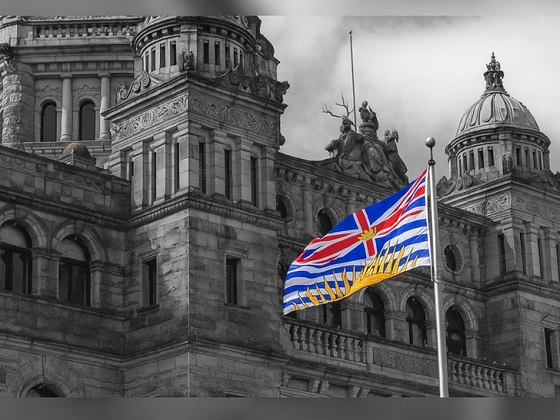
 Frontier Centre for Public Policy2 days ago
Frontier Centre for Public Policy2 days agoRichmond Mayor Warns Property Owners That The Cowichan Case Puts Their Titles At Risk
-
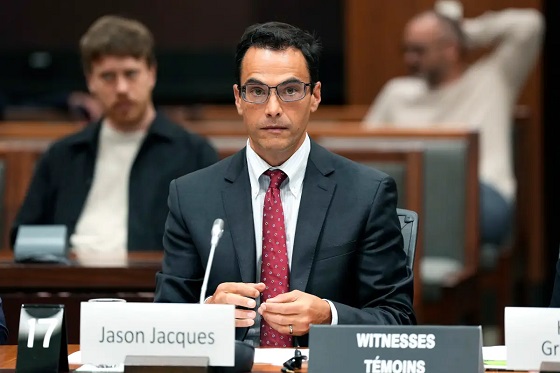
 Business2 days ago
Business2 days agoMark Carney Seeks to Replace Fiscal Watchdog with Loyal Lapdog
-
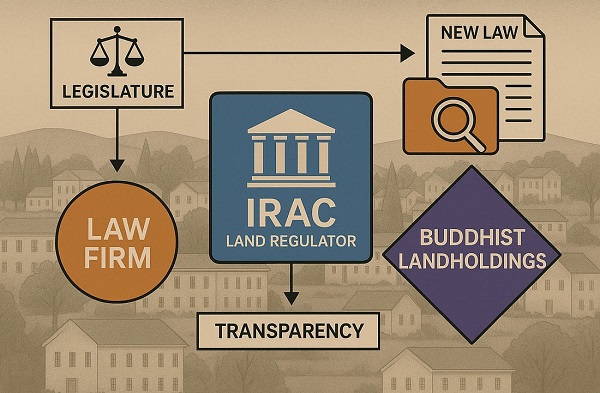
 Business2 days ago
Business2 days agoP.E.I. Moves to Open IRAC Files, Forcing Land Regulator to Publish Reports After The Bureau’s Investigation
-
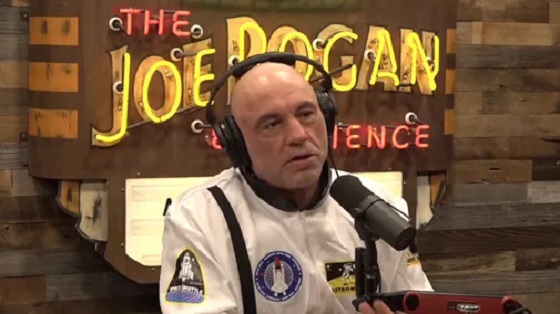
 International1 day ago
International1 day agoIs America drifting toward civil war? Joe Rogan thinks so
-
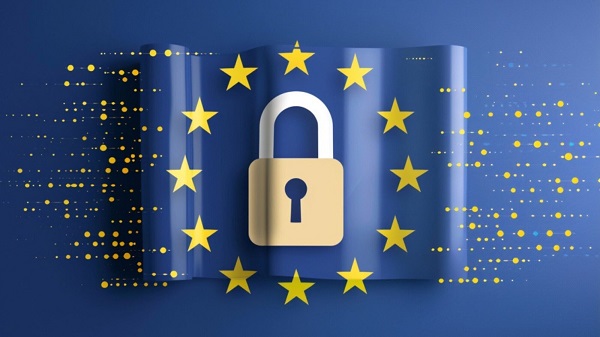
 Censorship Industrial Complex1 day ago
Censorship Industrial Complex1 day agoEU’s “Democracy Shield” Centralizes Control Over Online Speech
-

 Energy2 days ago
Energy2 days agoCanada’s oilpatch shows strength amid global oil shakeup
-
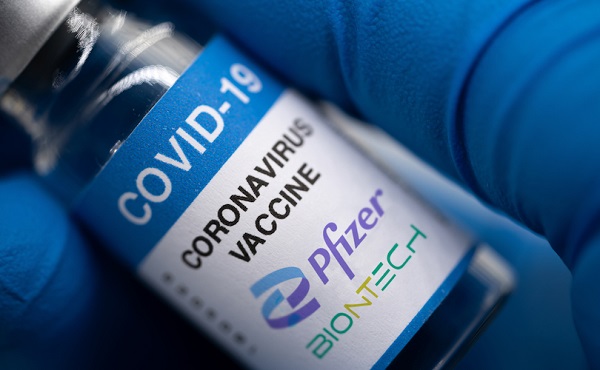
 COVID-192 days ago
COVID-192 days agoMajor new studies link COVID shots to kidney disease, respiratory problems
-

 Fraser Institute19 hours ago
Fraser Institute19 hours agoCourts and governments caused B.C.’s property crisis—they’re not about to fix it


